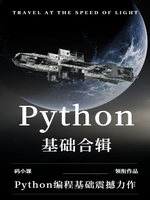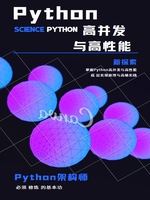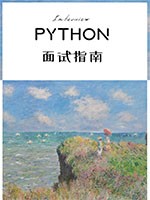str.strip([chars])
使用 strip 方法从字符串的两侧删除尾随空格或字符。例如:
string = " Apple Apple Apple no apple in the box apple apple "stripped_string = string.strip()print(stripped_string)left_stripped_string = (stripped_string.lstrip('Apple').lstrip().lstrip('Apple').lstrip().lstrip('Apple').lstrip())print(left_stripped_string)capitalized_string = left_stripped_string.capitalize()print(capitalized_string)right_stripped_string = (capitalized_string.rstrip('apple').rstrip().rstrip('apple').rstrip())print(right_stripped_string)
Output:
Apple Apple Apple no apple in the box apple appleno apple in the box apple appleNo apple in the box apple appleNo apple in the box
在上面的代码片段中,使用了 lstrip 和 rstrip 方法,它们分别从字符串的左侧和右侧删除尾随空格或字符。还使用了 capitalize 方法,它将字符串转换为句子大小写







